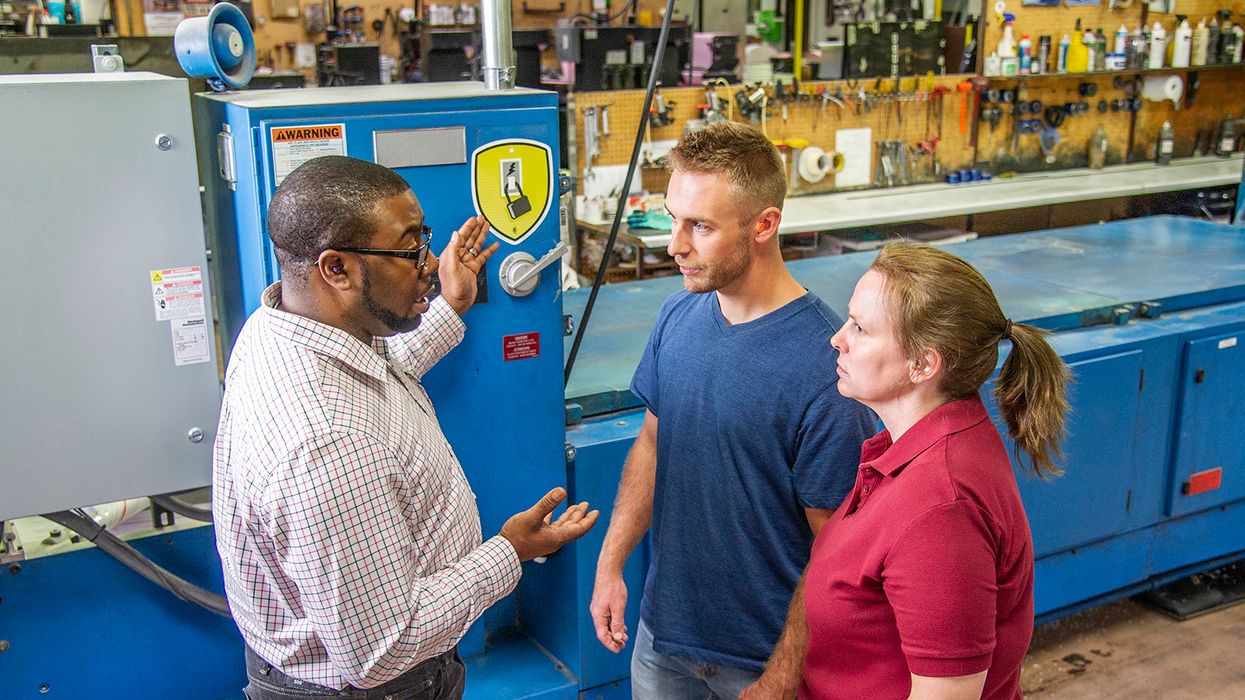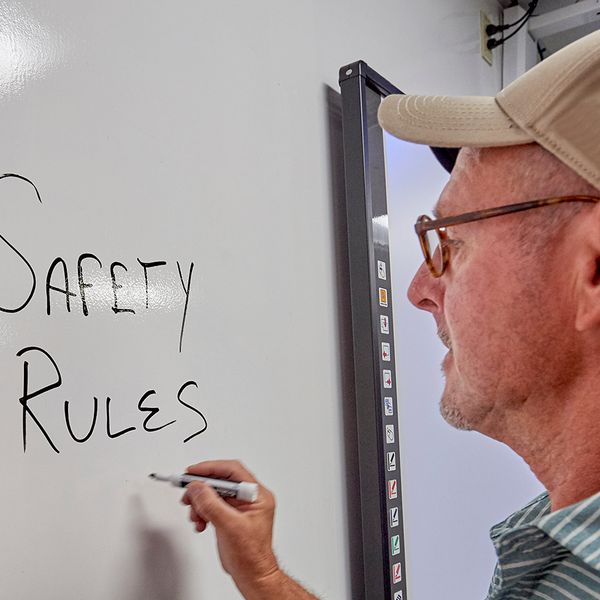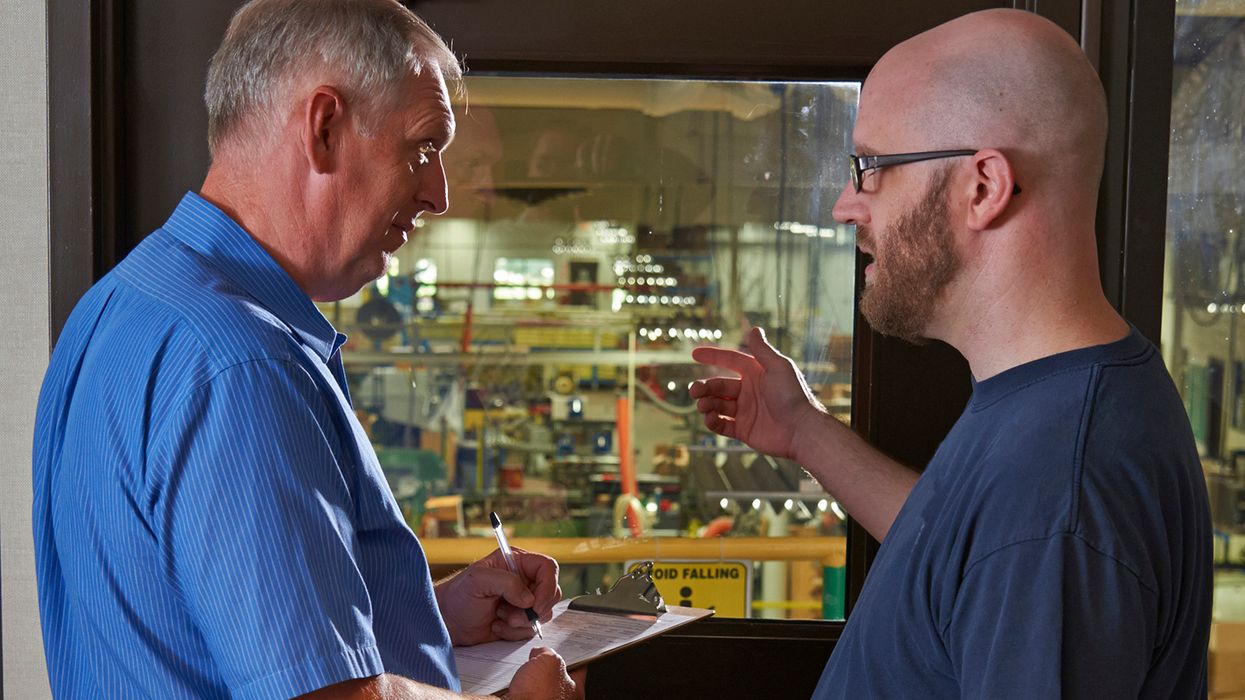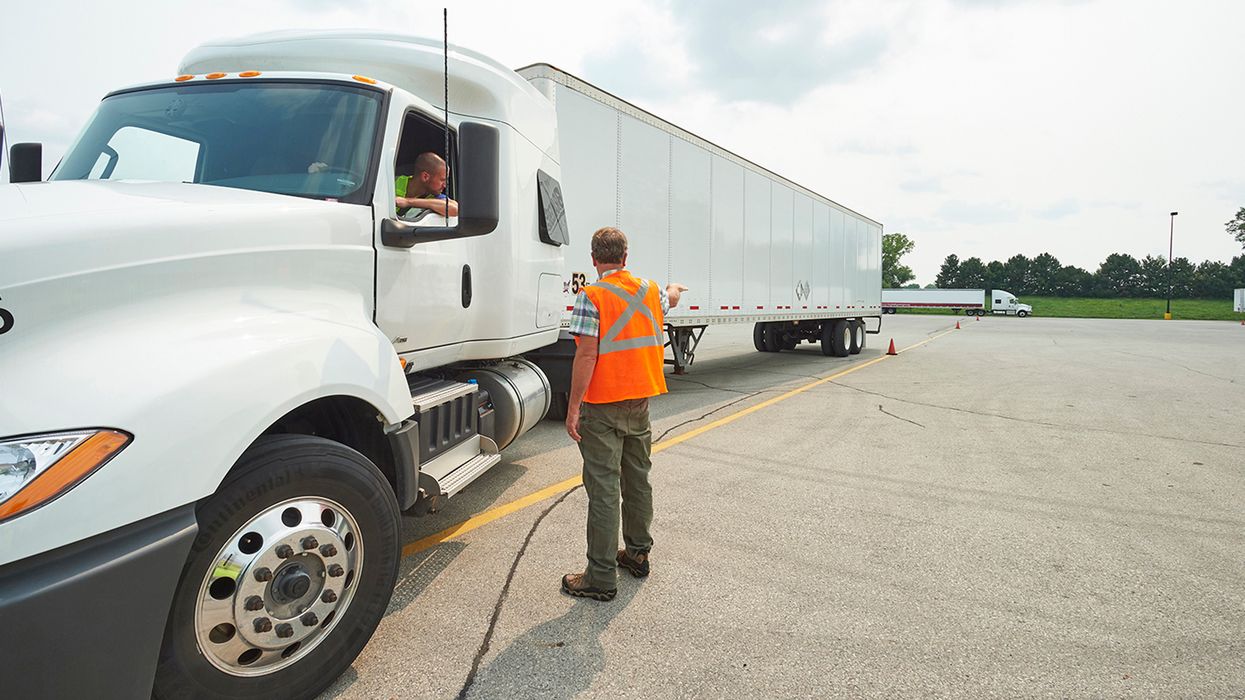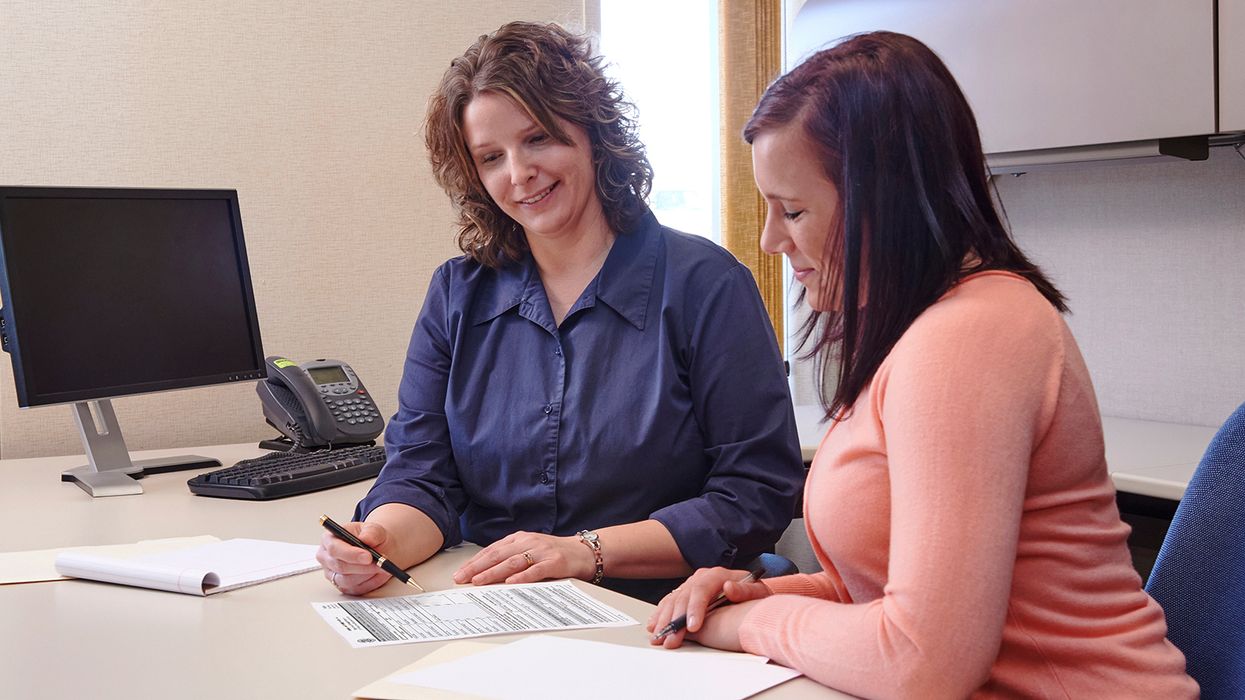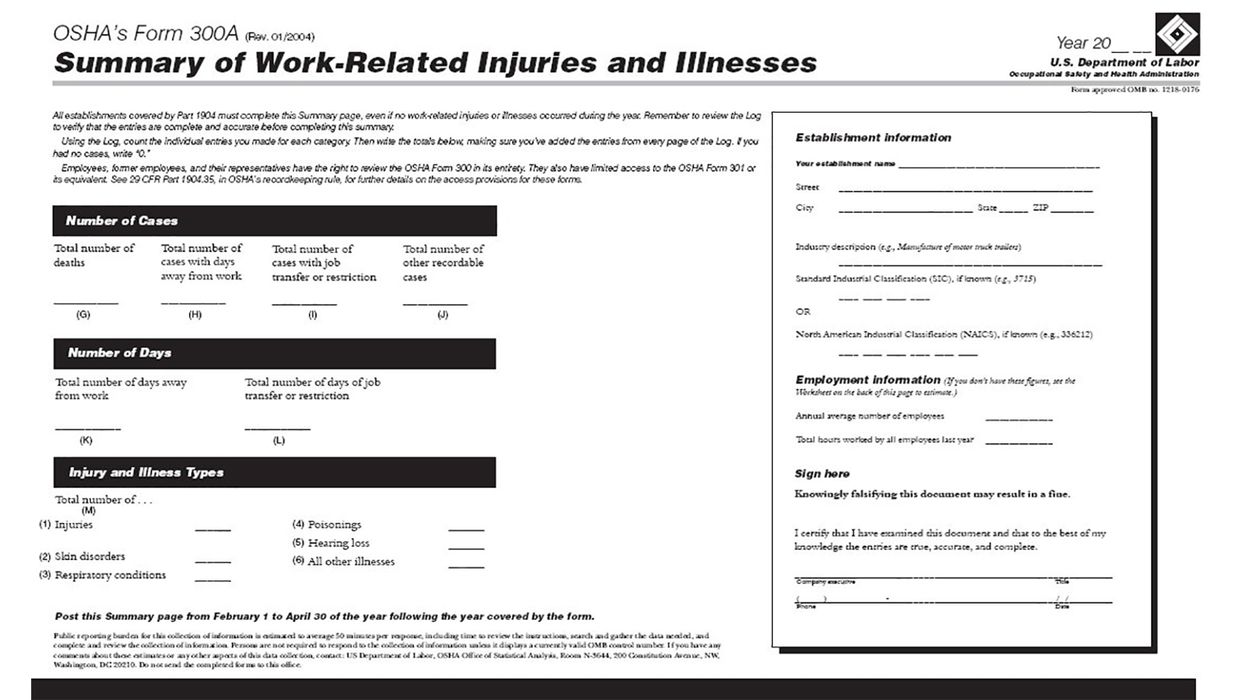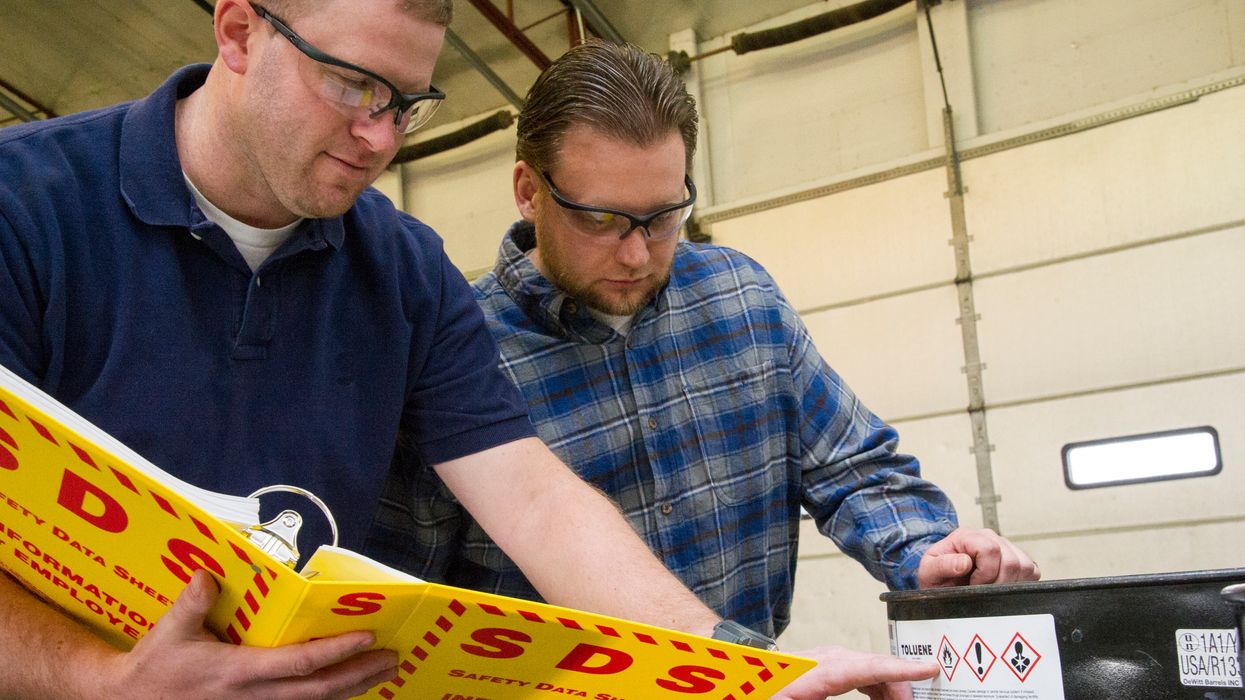Building a strong safety philosophy
Developing a strong safety philosophy is more complex than simply creating safety plans or maintaining records. While those tasks are clear-cut and measurable, fostering a safety mindset is less tangible but just as critical.
You can often recognize companies with strong safety cultures by observing their work environments—clean sites, consistent use of personal protective equipment (PPE), and engaged employees are all good indicators. But these visible signs don’t always show the effort behind them.
A solid safety philosophy is built on three core elements:
- A well-written and actively used safety program,
- Genuine employee buy-in, and
- Ongoing support from leadership through systems that reinforce safe practices.
Start with a strong paper program
A strong paper program alone doesn’t guarantee a solid safety philosophy, but you won’t find a successful one without it. Written plans, policies, and documentation form the foundation for setting expectations, tracking progress, and defining safety goals.
Key elements to include are:
- A clear mission statement with safety objectives,
- Programs addressing both general and specific safety topics,
- All required regulatory plans,
- Detailed records of training, inspections, and incidents, and
- An organized system for accessing safety documents.
Earn buy-in from people involved
Like any significant organizational change, successfully implementing a safety philosophy depends on securing full support from everyone involved.
Commitment must start at the top—executives need to lead by example to ensure supervisors and employees are fully engaged. If leadership doesn’t prioritize safety, it’s unlikely the rest of the organization will.
Impact management
Managers who understand how safety reduces incidents and downtime are more likely to support it. To gain buy-in from others focused on production or costs, speak their language—show how safety saves money, boosts quality, and improves morale.
Highlight cost savings from fewer claims, link safety to product quality, share success stories, and emphasize the benefits of public and employee relations.
When leadership sees the value, they’re more likely to support safety programs that involve all levels of staff. Engaging employees in safety committees or projects helps embed safety into the culture, especially as those employees grow into leadership roles.
Involve employees
Employees won’t truly buy into safety until they see it in action. If policies aren’t backed by training, daily enforcement, and proper resources, workers will quickly notice—and may stop taking safety seriously.
Before using discipline, ensure that employees have been adequately trained, have access to written procedures, are equipped with the necessary tools, and receive positive reinforcement for exhibiting safe behavior.
If leadership prioritizes production over safety, employees will follow suit. But when managers lead by example and consistently enforce safe practices, employees are more likely to adopt and uphold a strong safety culture.
Support people and processes
Visible management commitment and active employee involvement are key to a strong safety culture. While some safe behaviors happen naturally, effective safety programs require planning, structure, and continuous effort.
Support this culture through actions such as involving employees at all levels, holding safety meetings, forming safety committees, collecting suggestions, and providing training tailored to real job-site needs.
These efforts require management to provide training, time, and funding. A lasting safety philosophy is built through teamwork, consistent support, and shared responsibility across the organization.
Key to Remember
A strong safety philosophy isn’t just written—it’s lived. It starts with clear policies, grows through visible leadership commitment, and thrives when every employee is involved and empowered. When safety becomes part of how work gets done, not just something added on, your company builds a culture that protects people and drives lasting success.

